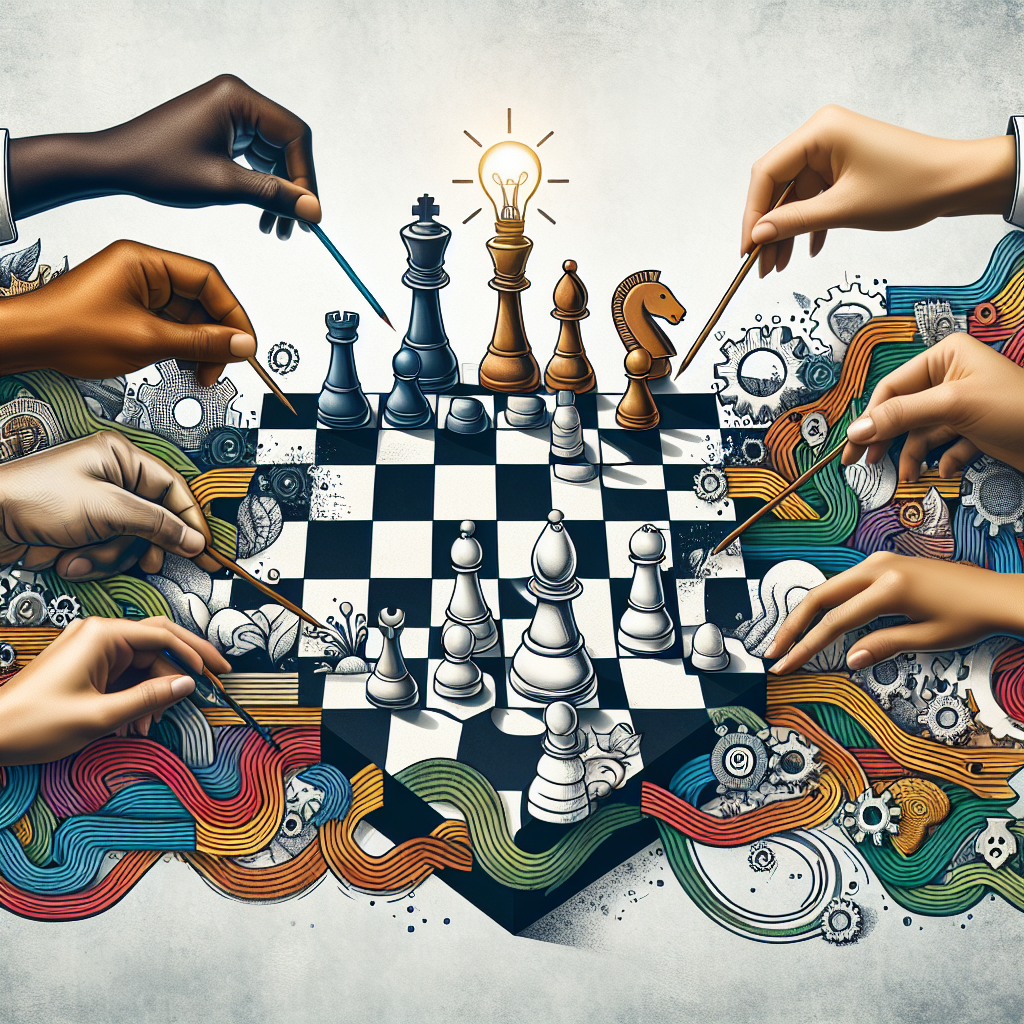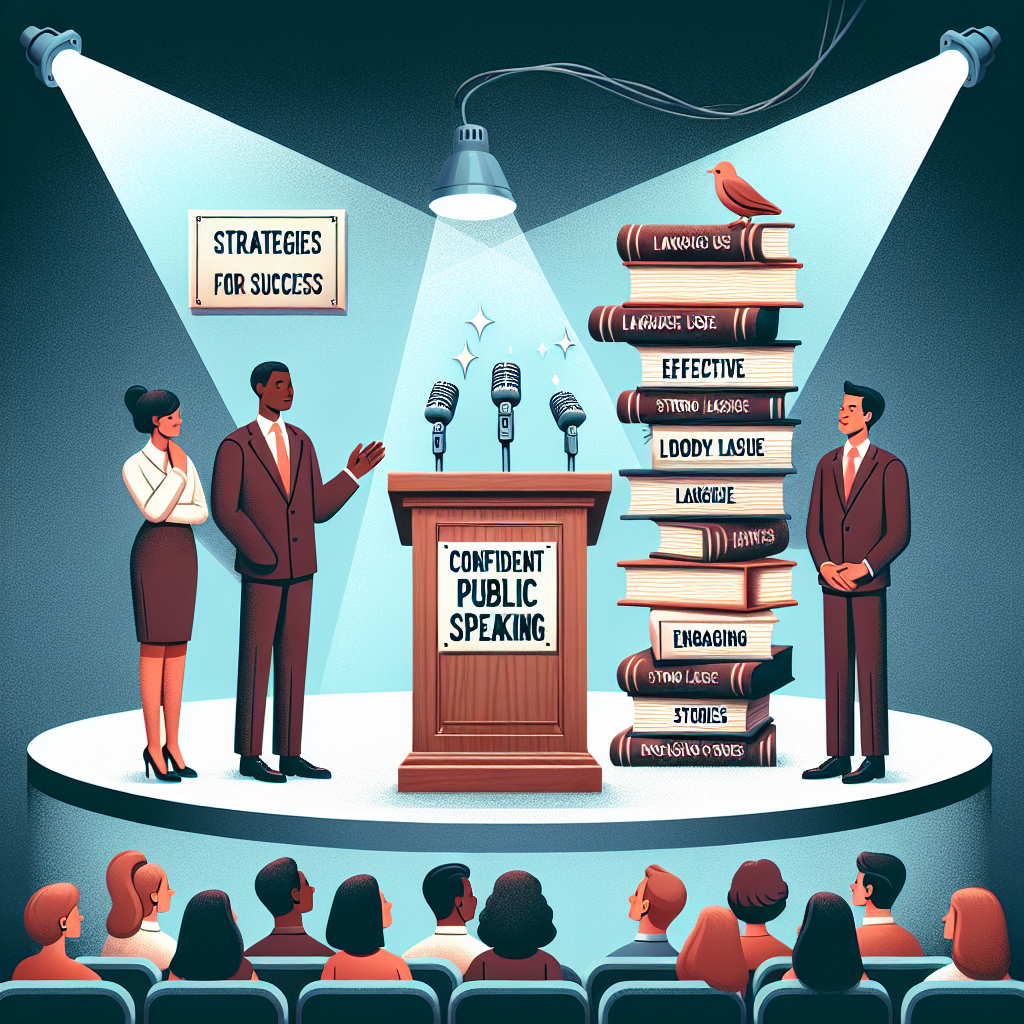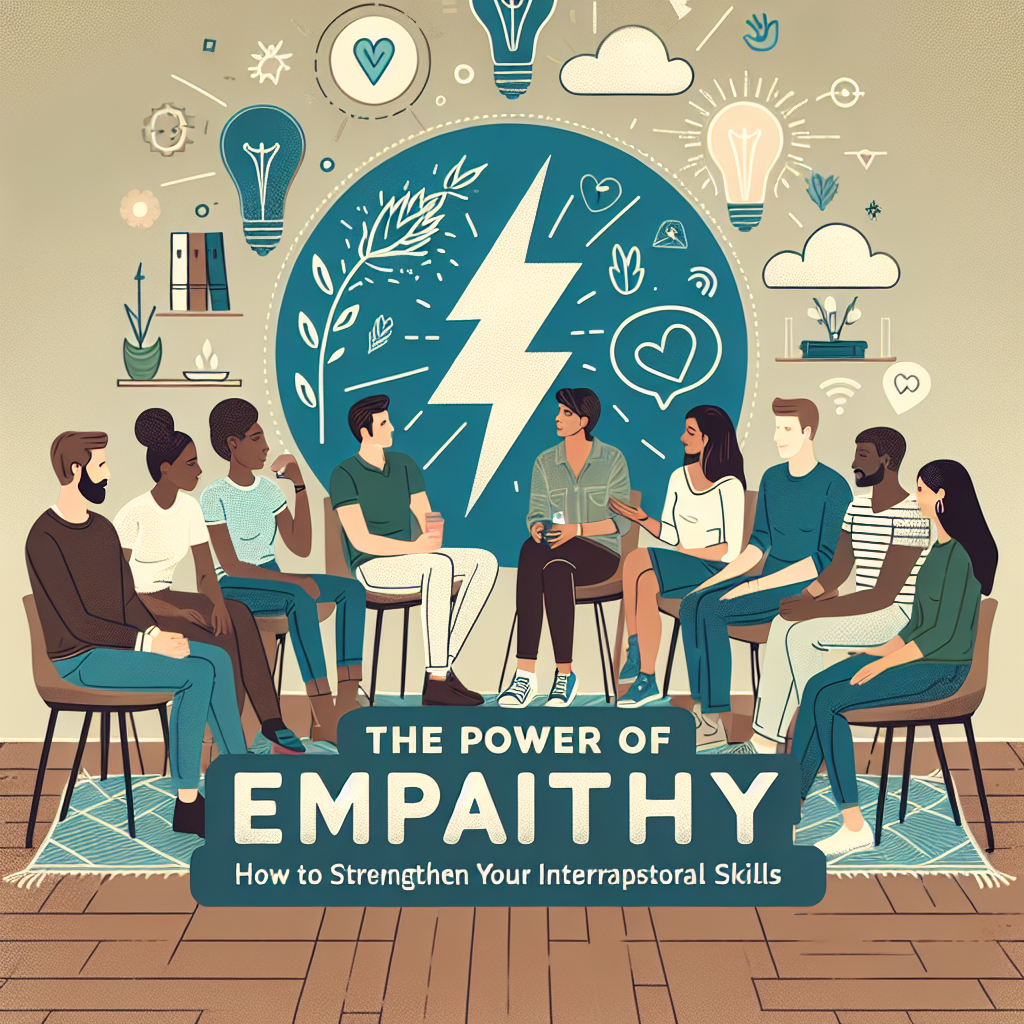In today’s fast-paced and ever-changing business environment, strategic thinking skills have become more important than ever before. Developing the ability to think strategically can give individuals and organizations a competitive advantage in a highly competitive marketplace. Strategic thinking involves analyzing and synthesizing information, identifying trends and patterns, and making decisions that will shape the future of the business.
This guide will provide insights and tips on how to develop strategic thinking skills, as well as strategies for building competitive advantage through strategic thinking.
What is Strategic Thinking?
Strategic thinking is a process of analyzing and evaluating information to make informed decisions about the future direction of a business. It requires the ability to look beyond the present and anticipate potential challenges and opportunities. Strategic thinking involves asking the right questions, challenging assumptions, and developing a long-term vision for the organization.
Strategic thinking is different from tactical thinking, which focuses on short-term goals and objectives. While tactical thinking is important for day-to-day operations, strategic thinking helps organizations stay ahead of the competition and adapt to changes in the marketplace.
How to Develop Strategic Thinking Skills
1. Keep up with industry trends: Stay informed about the latest developments in your industry and beyond. Read industry publications, attend conferences, and network with other professionals to gain insights into emerging trends and opportunities.
2. Think long-term: Develop a vision for the future of your organization and set goals that will help you achieve that vision. Consider how your decisions today will impact your business in the long run.
3. Foster a culture of innovation: Encourage employees to think creatively and challenge the status quo. Give them the freedom to experiment and take risks to drive innovation and growth.
4. Collaborate with others: Seek input from colleagues, mentors, and industry experts to gain different perspectives and insights. Collaboration can help you see the bigger picture and identify new opportunities.
5. Develop critical thinking skills: Learn to analyze information objectively and make informed decisions based on evidence and data. Avoid jumping to conclusions or making decisions based on assumptions.
6. Stay flexible: Be open to new ideas and willing to adapt to changes in the marketplace. Embrace uncertainty and be prepared to pivot when necessary.
Building Competitive Advantage through Strategic Thinking
Developing strong strategic thinking skills can help organizations build a sustainable competitive advantage in the marketplace. Here are some strategies for leveraging strategic thinking to gain a competitive edge:
1. Identify your strengths and weaknesses: Conduct a SWOT analysis to assess your organization’s strengths, weaknesses, opportunities, and threats. Use this information to develop strategies that capitalize on your strengths and address your weaknesses.
2. Understand your competitors: Conduct a competitive analysis to identify your key competitors and assess their strengths and weaknesses. Use this information to differentiate your offering and position your business for success.
3. Innovate continuously: Develop a culture of innovation that encourages employees to think creatively and experiment with new ideas. Stay ahead of the competition by constantly looking for ways to improve your products, services, and processes.
4. Focus on customer needs: Understand your customers’ preferences, needs, and pain points. Develop products and services that meet their needs and exceed their expectations to build customer loyalty and drive growth.
5. Monitor market trends: Stay informed about changes in the marketplace and adapt your strategies accordingly. Keep an eye on emerging trends, technologies, and consumer behaviors to identify new opportunities for growth.
6. Communicate your strategic vision: Clearly communicate your strategic vision to employees, stakeholders, and customers. Ensure that everyone understands the direction of the business and their role in achieving its goals.
Frequently Asked Questions
Q: How can I improve my strategic thinking skills?
A: To improve your strategic thinking skills, focus on developing your critical thinking abilities, staying informed about industry trends, fostering a culture of innovation, and seeking input from others.
Q: What is the difference between strategic thinking and strategic planning?
A: Strategic thinking involves analyzing information and making informed decisions about the future direction of a business, while strategic planning involves developing a roadmap to achieve specific goals and objectives.
Q: How can strategic thinking help my organization gain a competitive advantage?
A: Strategic thinking can help your organization gain a competitive advantage by helping you anticipate challenges and opportunities, innovate continuously, understand your customers’ needs, and adapt to changes in the marketplace.
Q: What role does strategic thinking play in decision-making?
A: Strategic thinking plays a critical role in decision-making by helping you analyze information objectively, challenge assumptions, and develop a long-term vision for your organization.
Q: How can I encourage strategic thinking within my organization?
A: To encourage strategic thinking within your organization, foster a culture of innovation, provide opportunities for collaboration and creativity, and communicate your strategic vision to employees and stakeholders.





Leave A Comment